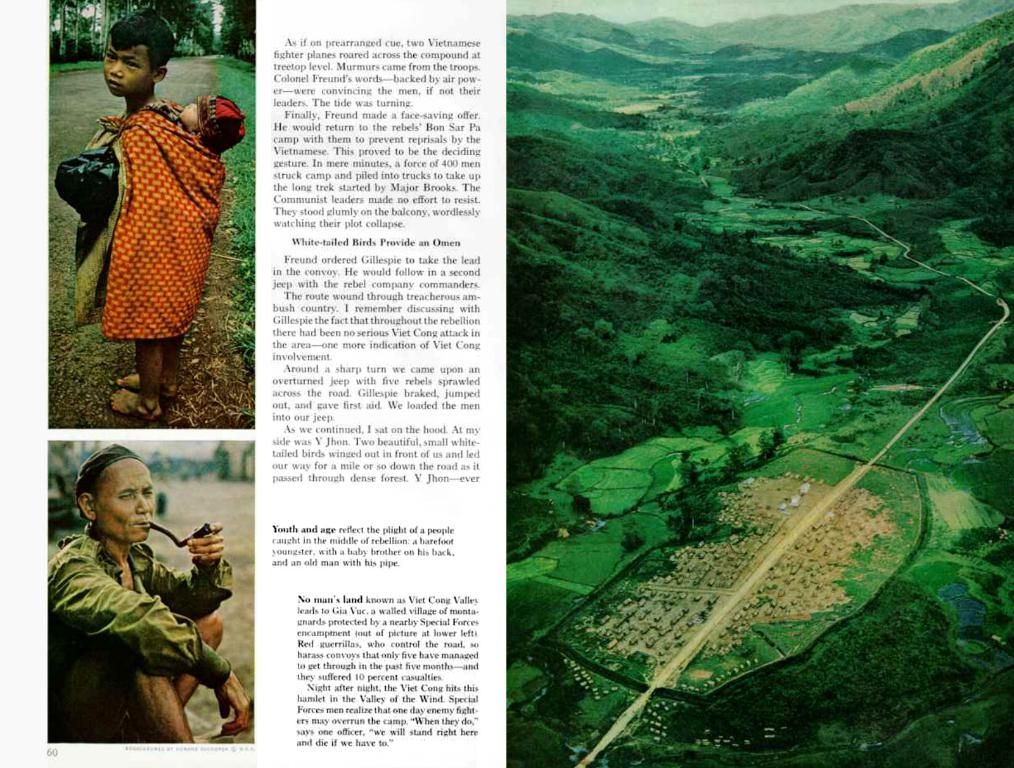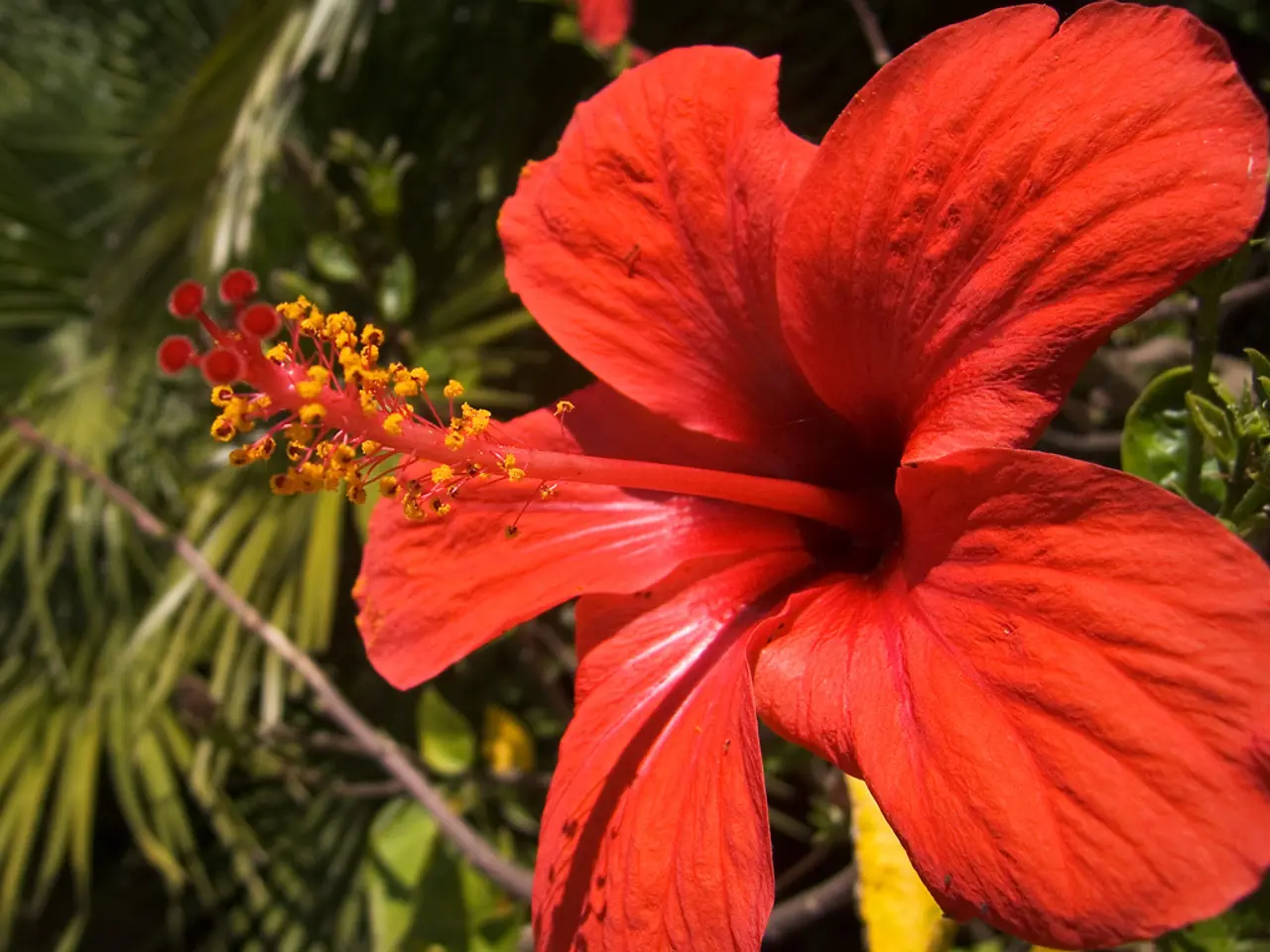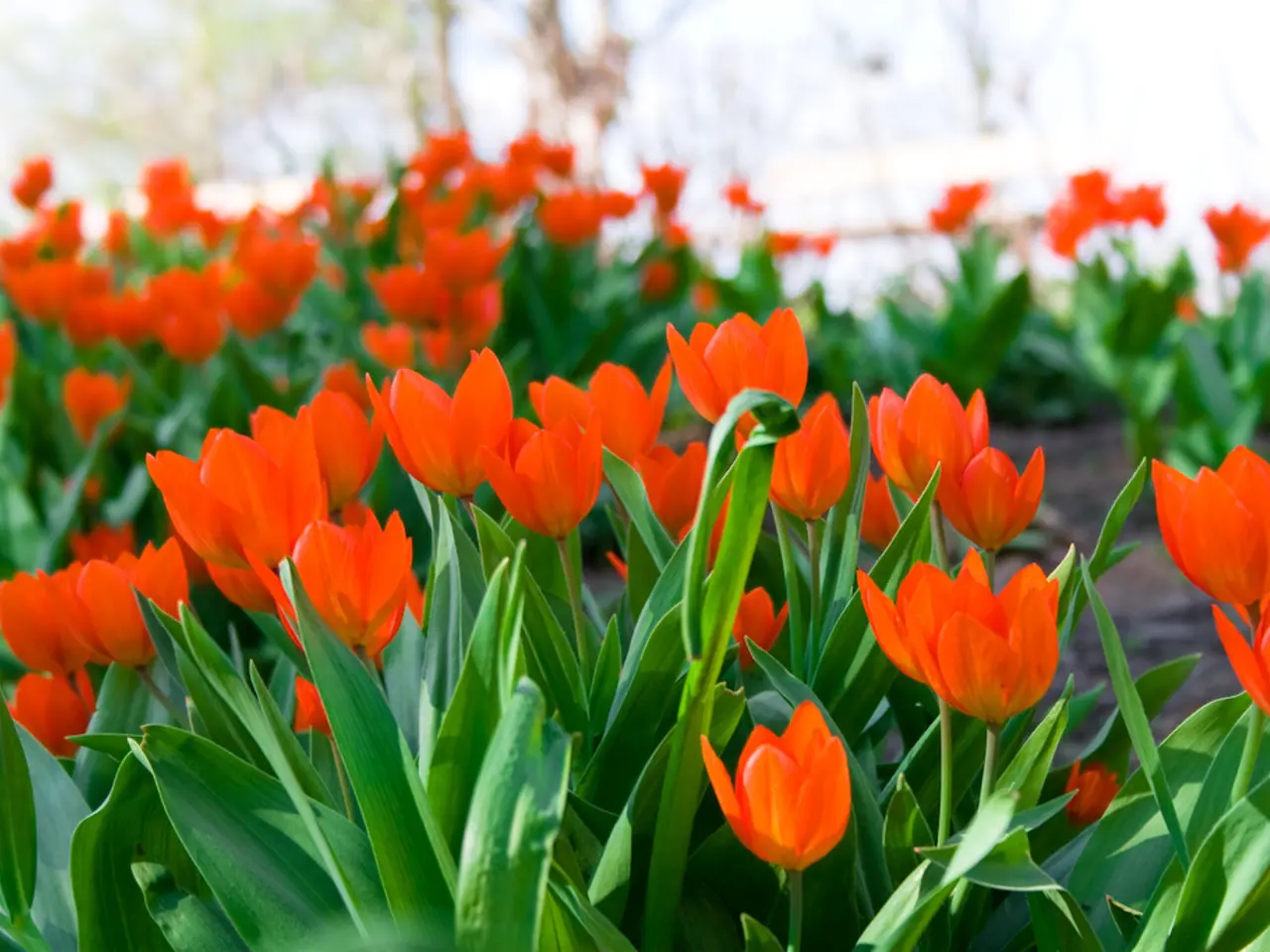Funds allocation for zoo expansion totals €3.5 million
The Santo Inácio Zoo, the largest in the northern region and home to over 700 animals across 150 species, is set to undergo an expansion worth €3.5 million. The project, commencing at the year's end and spanning two years, aims to expand the visitable area by adding new habitats tailored to animal welfare, accommodating new species, introducing a new restaurant, and building leisure spaces for families and children.
This expansion will extend the zoo's current 15-hectare footprint to 20 hectares, as per the plans revealed by Teresa Guedes, the zoo's director. With 40 hectares still available on the 60-hectare plot, the zoo will have space to grow further, should this expansion prove successful.
New additions to the zoo's menagerie will be species classified as endangered, needing conservation support. Although the director, Teresa Guedes, has not disclosed the exact species joining the zoo, some potential candidates under consideration are bears, Congo buffaloes, elephants, and wolves.
The Santo Inácio Zoo concluded its most successful year to date in 2024, welcoming a total of 258,000 visitors and generating a turnover of 4.2 million euros, representing a growth of 9%. The zoo attracted approximately 710 visitors per day, primarily from the regions of Porto, Viana do Castelo, Coimbra, and Vila Real. Notably, Spanish and French tourists accounted for 11% and around 3% of all visitors, respectively.
From humble beginnings 25 years ago, the Santo Inácio Zoo has attracted over 3.2 million visitors thus far. The project originated from the Guedes family's passion for nature, who are the owners of Aveleda wines. The project was designed by Roberto Guedes after visiting several domestic and international zoos, with the rest of the family approving the concept, ultimately leading to the birth of the largest zoo in the North.
The French group Thoiry purchased the zoo in 2014, ushering in significant change and expansion. According to Teresa Guedes, the expansion enabled by the Thoiry investment brought about “an increase in awareness and the number of visitors.” The zoo director also mentioned that the demand for such experiences has surged during the pandemic due to their connection with nature. Interestingly, visitors now range beyond children, with elderly individuals and young couples also frequenting the zoo.
The zoo faces challenges primarily due to the climate and the lack of governmental support for biological parks, according to Teresa Guedes. She states that, despite their crucial role in education and environmental preservation, zoos like Santo Inácio receive minimal recognition and resources. However, the director emphasizes that support does not necessarily take monetary form, but rather increased publicity and participation.
In light of the zoo's expansion, visitors can expect leisure spaces for families and children to be built in Portugal, as part of the Santo Inácio Zoo's project, aiming to extend its current home-and-garden grounds. With the addition of new species and a new restaurant, Teresa Guedes, the zoo's director, has also mentioned plans to introduce endangered species like bears, elephants, Congo buffaloes, and wolves to the menagerie.








